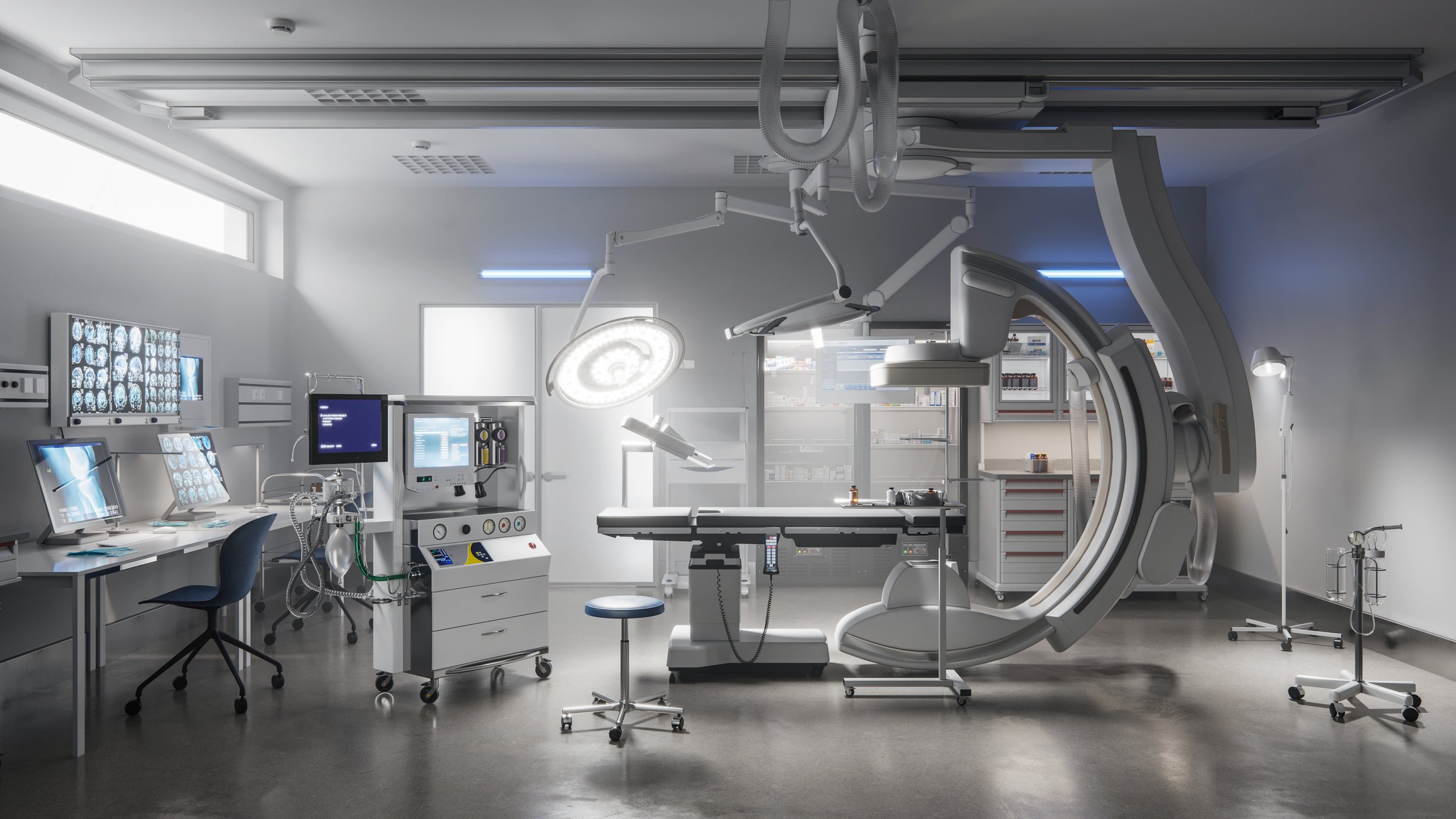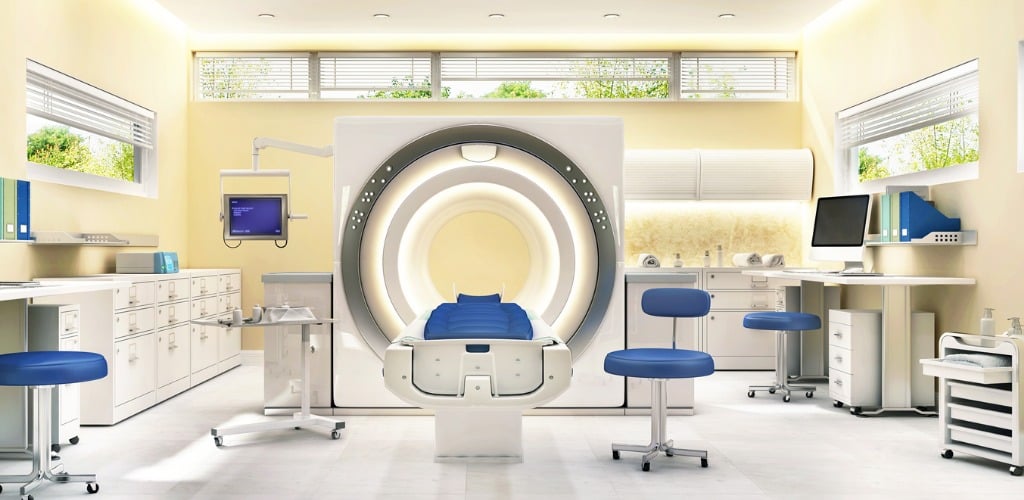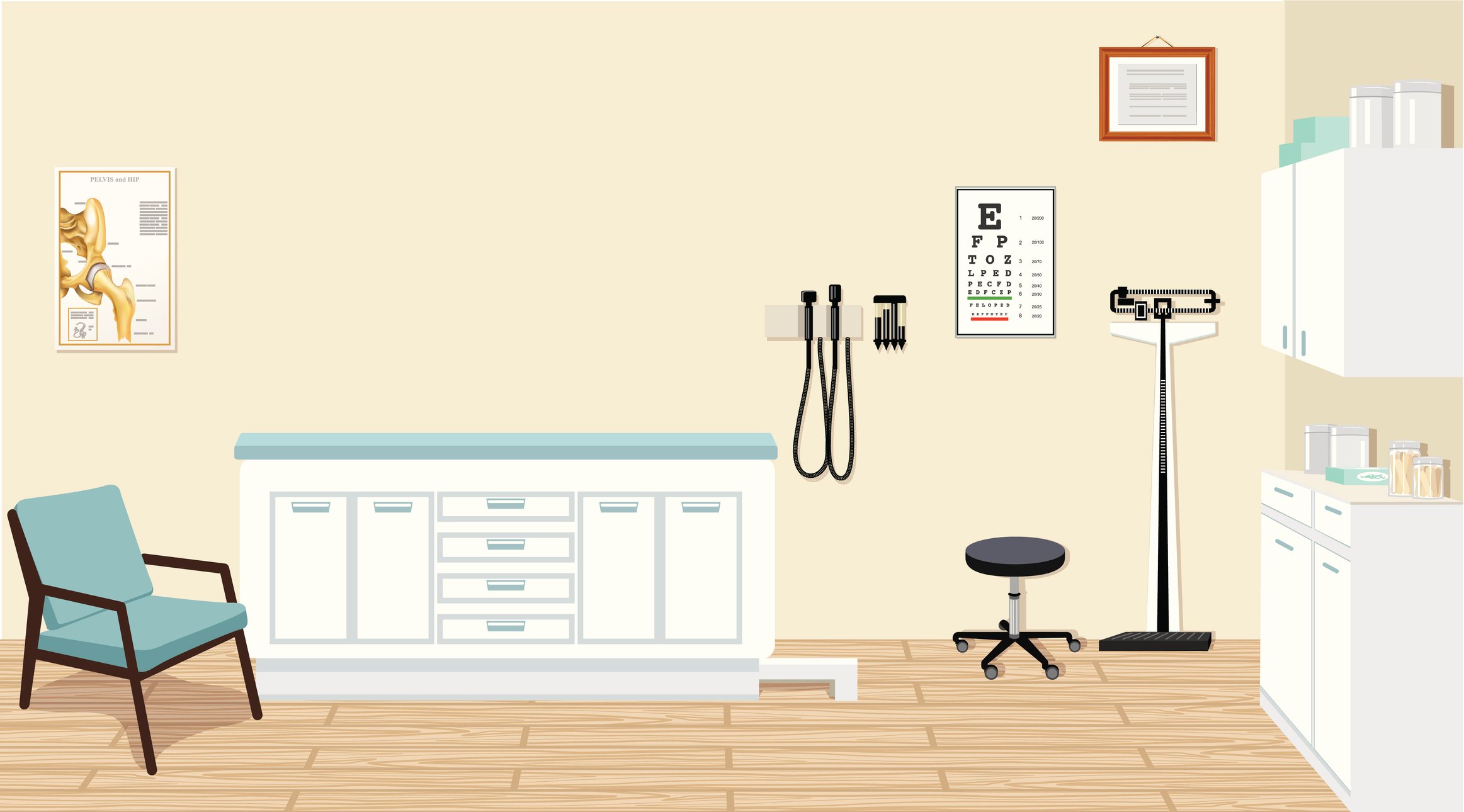The summer season is upon us, and as temperatures continue to rise across the nation, it's becoming more and more crucial to uphold an emergency preparedness plan for your medical facility. Extreme weather events are a strain on resources and pose significant challenges for hospitals.
From the early heatwaves and droughts exacerbated by the fire season on the West Coast, to the torrential downpours and heavy winds brought on by the Atlantic hurricane season, remaining informed so you can be equipped and protected is of the utmost importance.
Establishing emergency protocols not only ensures you have the proper equipment to take care of your patients during times of disaster, but it also allows you and your staff to save time when it matters the most. Whether you're sourcing your emergency preparedness equipment for the first time, or if you're hoping to build upon or validate your existing procurement plan, we at CME Corp are here to help.
Below, you will find the most pertinent categories of equipment that best meet your needs in times of emergency.








.png)










